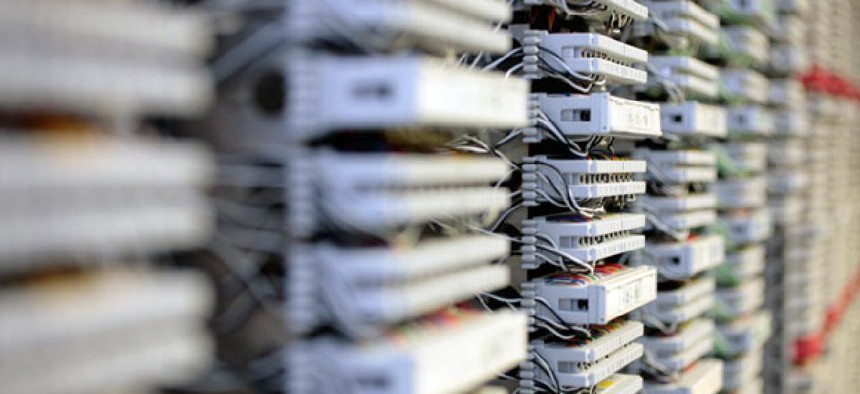Air Force seeks computer networks that morph under attack

Thinkstock
Pentagon to spend $49 million to develop greater agility.
The Air Force Research Laboratory wants to build a “rapidly-shifting” computer network infrastructure that morphs when under attack and confuses those trying to target it, government documents show.
The goal is to make government networks a trickier and more time-consuming target for attackers, at a time when state-sponsored cyber attacks against the United States are expected to increase, especially after reports of the White House’s involvement in the Stuxnet attacks against Iran.
The Pentagon wants ways to “continually, dynamically, and unpredictably modify or morph the network into secure operational modes both before and during attacks,” according to the solicitation for white papers, first released in late 2011.
The Pentagon will dish out $49 million to develop such so-called “agility techniques,” which could include making a network cycle through a variety of Internet Protocol numbers and causing data packets to flow through systems in unexpected ways. The Air Force, under a program called Cyber Assurance Technologies, is expected to spend $4 million from fiscal 2011, $12 million each year from fiscal 2012 through fiscal 2014, and $9 million in fiscal 2015.
The service also is interested in developing computer systems that have the ability to regenerate after being hacked, in a new shape that is “immune” to similar attacks, the document states. For instance, one area of interest is how a network can be built with the capability to restore corrupted data and remove residue from attacks after it has been compromised.
White papers will be accepted through Sept. 28, 2015.
NEXT STORY: New White House cyber czar brings intell chops


